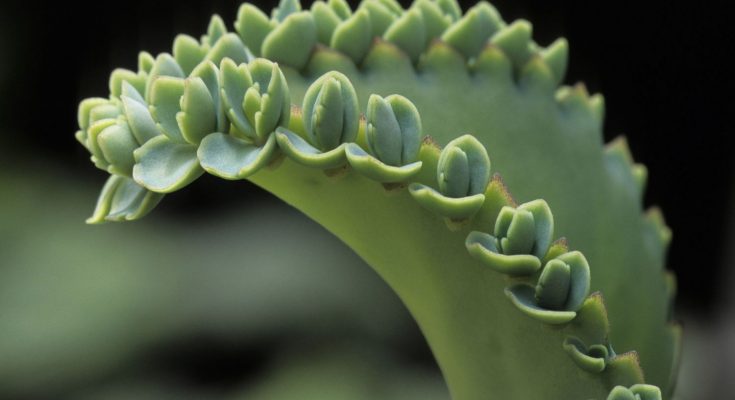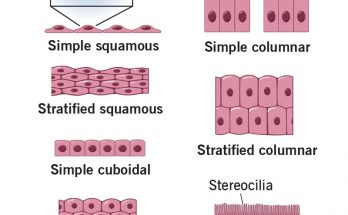Vegetative propagation is a fascinating way that plants have to make more of themselves. This method is like a magical trick that plants perform to create exact copies, or clones, of themselves without using seeds.
What is Vegetative Propagation?
Vegetative propagation is a form of plant reproduction. In this method, a new plant is produced from the vegetative parts of the parent plant like the stem, roots, or leaves. The new plant is a clone of the parent, which means it is an exact copy. This is special because it doesn’t require seeds or flowers!
How Does Vegetative Propagation Happen?
Vegetative propagation is a method of plant reproduction wherein a plant produces a new individual from its vegetative parts like roots, stems, and leaves. This means that the plant doesn’t rely on seeds to reproduce. Here are the primary ways through which this method of reproduction takes place-
Natural Methods
Stolons (Runners)

Some plants like strawberries send out horizontal stems above the ground called stolons or runners. At various points along these stolons, small plants can sprout, leading to a new plant when they touch the ground.
Rhizomes
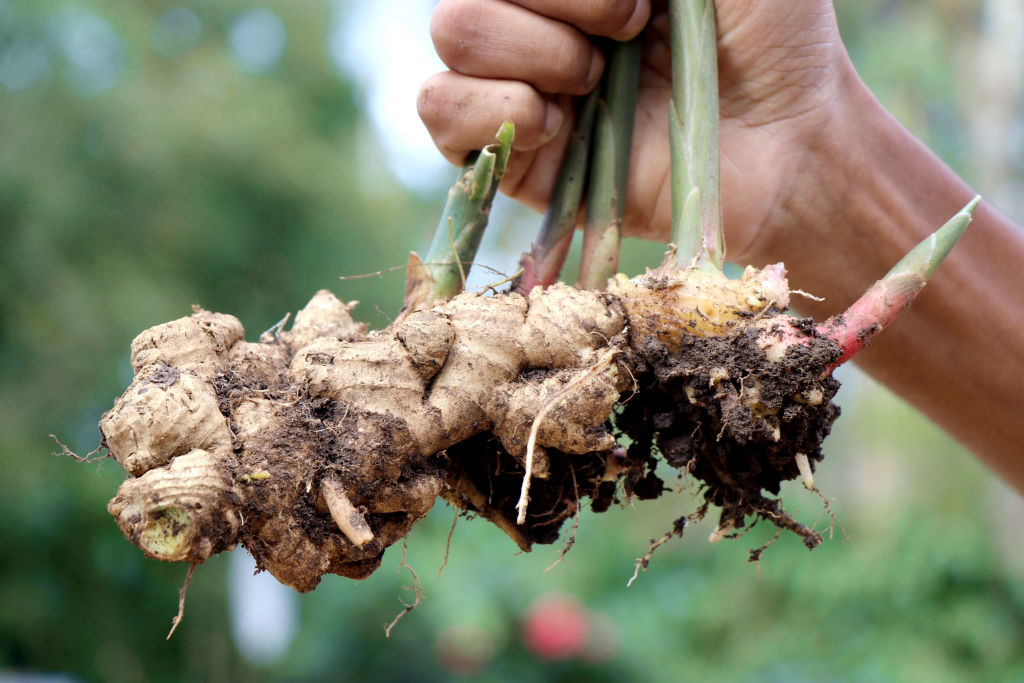
These are underground stems that grow horizontally. New shoots sprout upwards from nodes, while roots grow downwards. Ginger and turmeric are examples of plants that propagate by rhizomes.
Tubers

A tuber is a swollen part of an underground stem. It contains stored food that allows it to survive underground during unfavourable seasons. The “eyes” of a potato are actually buds, and when planted, these eyes can sprout, leading to new plants.
Bulbs

Bulbs, like those in onions, have a short stem and fleshy leaves (or leaf bases) that store food. When planted, the bulb gives rise to a new plant.
Suckers

Some plants, like bananas and water hyacinths, produce small plants, or suckers, at the base or the side of the main plant. These suckers, once matured and rooted, can be separated and grown as independent plants. This allows for the natural spread and propagation of these species, ensuring their survival and proliferation.
Roots

In certain plants, like the sweet potato, the roots store food. These roots can give rise to buds that can develop into new plants when conditions are right.
Artificial Methods
Cuttings

This is one of the most common methods of vegetative propagation, particularly for flowering plants and fruit trees. A piece of the plant, often a stem or leaf, is cut off, treated with hormones (to promote root growth), and then planted in soil or water where it develops roots and grows into a new plant.
Layering
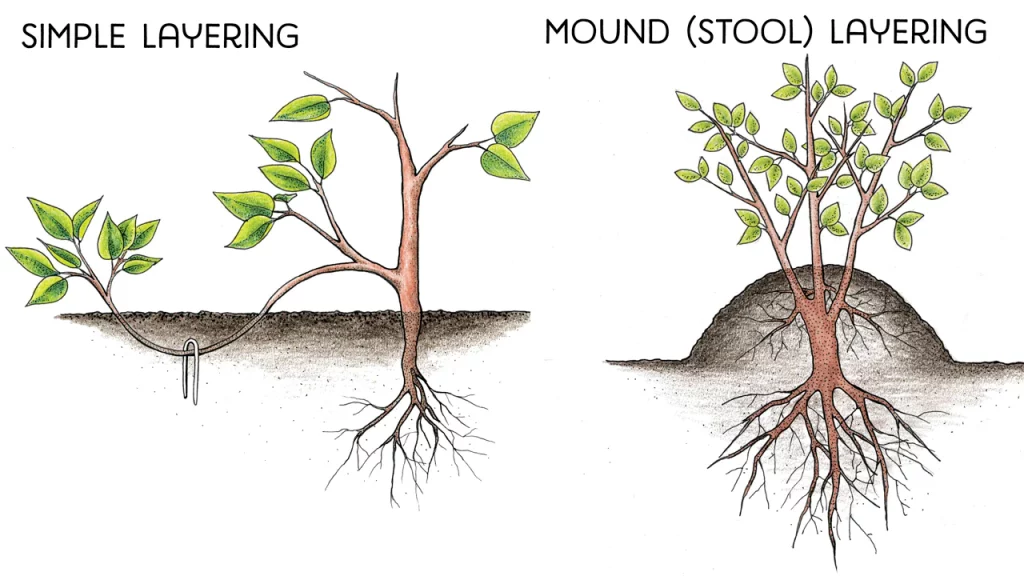
In this method, a branch of the plant is bent down to touch the ground and covered with soil, leaving the tip exposed. Once roots have developed at the base of the branch, the branch is cut from the parent plant and becomes an independent plant. This method is commonly used for plants like jasmine and raspberry.
Grafting
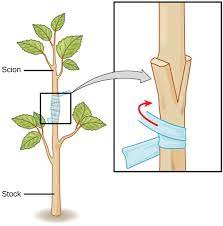
This involves joining a piece of stem (with buds) from one plant (called the scion) onto the stem of another plant (called the stock). The joint where they meet eventually heals, and the two parts grow as one plant. This method is often used for fruit trees.
Tissue Culture
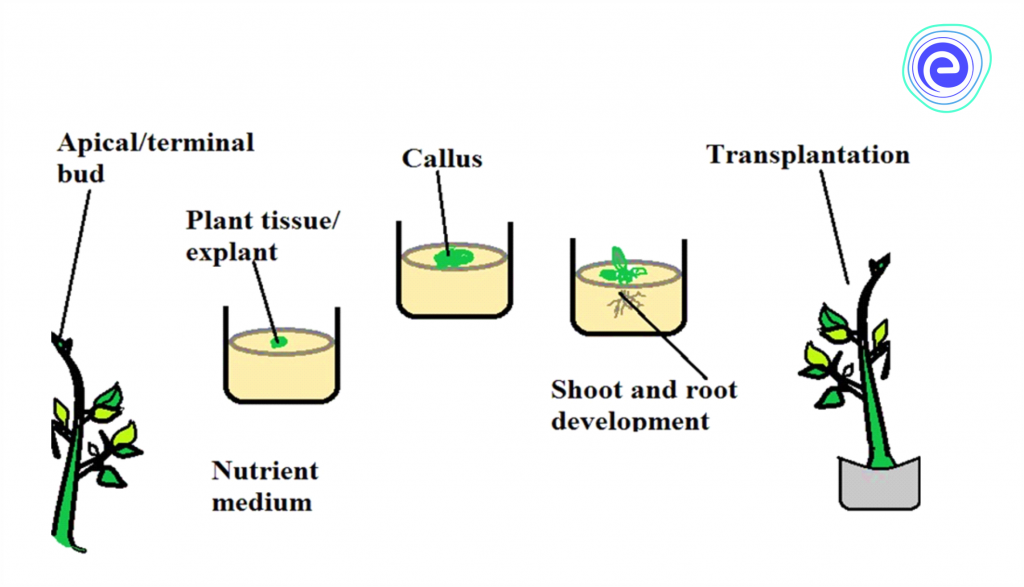
In a laboratory setting, cells from almost any part of a plant can be grown to form a new plant. This technique is advanced and can produce thousands of plants from a small amount of plant tissue.
Why is Vegetative Propagation Important?
Vegetative propagation, the magical ability of plants to clone themselves, brings with it a bouquet of benefits. Here’s a detailed walk-through of why vegetative propagation holds significant importance-
1. Faster Growth and Earlier Maturation
- Efficiency– Plants grown through vegetative propagation tend to grow faster and mature earlier. They reach the flowering or fruit-bearing stage more quickly compared to plants grown from seeds.
- Quick Results- For those impatiently waiting to see the fruits of their labour, this method offers quicker results, making it a satisfying and rewarding process.
2. Production of Identical Plants (Clones)
- Uniformity- Since the new plants are clones of the parent, all plants have uniform characteristics such as height, flower colour, and fruit size.
- Predictability- This uniformity allows for predictability, especially beneficial for gardeners and farmers who aim for specific plant traits.
3. Bypassing the Seed Stage
- Facilitation- Some plants produce seeds that are either difficult to germinate or have a low success rate. Vegetative propagation side steps these issues, enabling reproduction without relying on seeds.
- Versatility– It enables the propagation of plants that are seedless or have sterile seeds.
4. Maintaining Superior Qualities
- Quality Preservation- Desirable characteristics of a parent plant, like disease resistance or high yield, are preserved and passed on to the next generation.
- Genetic Integrity- It ensures that superior genetic qualities are not diluted or lost during the reproduction process.
5. Economic Benefits
- Cost-Effective- Vegetative propagation is generally more cost-effective, saving expenses related to seeds and their associated processing and planting costs.
- Resource Optimization- Resources like time and effort are optimised due to the bypassing of the seed germination stage and quicker maturation of plants.
Questions You Might Have
1. Is vegetative propagation a natural or artificial process?
- It can be both. Naturally, it occurs when plant parts fall off and grow into new plants. Artificially, humans can intervene, cultivating new plants from cuttings or leaves.
2. Can all plants be propagated vegetatively?
- Not all, but many. Various plants like potatoes, roses, and grapes are commonly propagated this way, but it may not be suitable or successful for every plant species.
3. Does vegetative propagation require special conditions or care?
- Yes, conditions like temperature, moisture, and light are crucial, and special care might be necessary to enhance the success rate of propagation.
4. Can vegetative propagation occur indoors?
- Absolutely! With appropriate care and conditions, it’s possible to propagate plants vegetatively indoors, such as in greenhouses or even in your home.
5. What are some common methods of vegetative propagation?
- Methods include cuttings, layering, division, and using specialised plant parts like tubers and runners.
6. Does vegetative propagation affect the plant’s lifespan or health?
- Generally, it doesn’t negatively impact the plant’s health or lifespan. However, the cloned plants inherit the age of the parent plant and might sometimes show signs of ageing sooner.
Conclusion
Vegetative propagation is a wonderful, natural process that allows plants to reproduce without the need for seeds. It’s like nature’s shortcut to creating beautiful and healthy plants, making the world greener and more beautiful. Understanding this concept helps us appreciate the amazing diversity and adaptability of plant life, enriching our knowledge and curiosity about the natural world.
